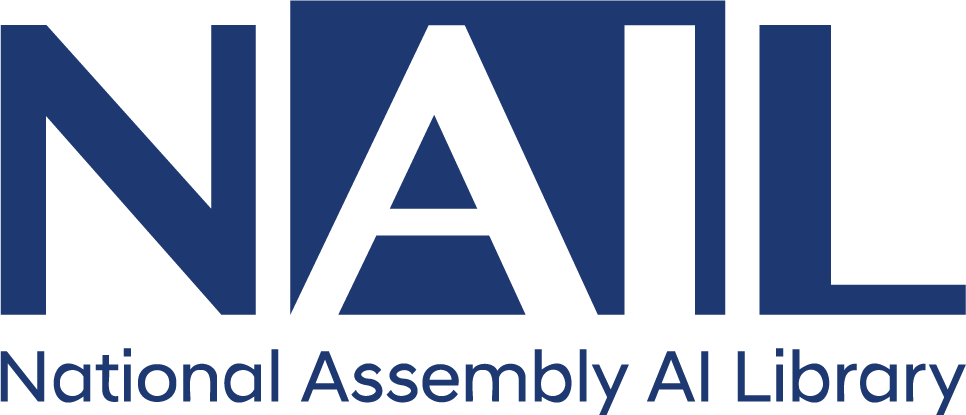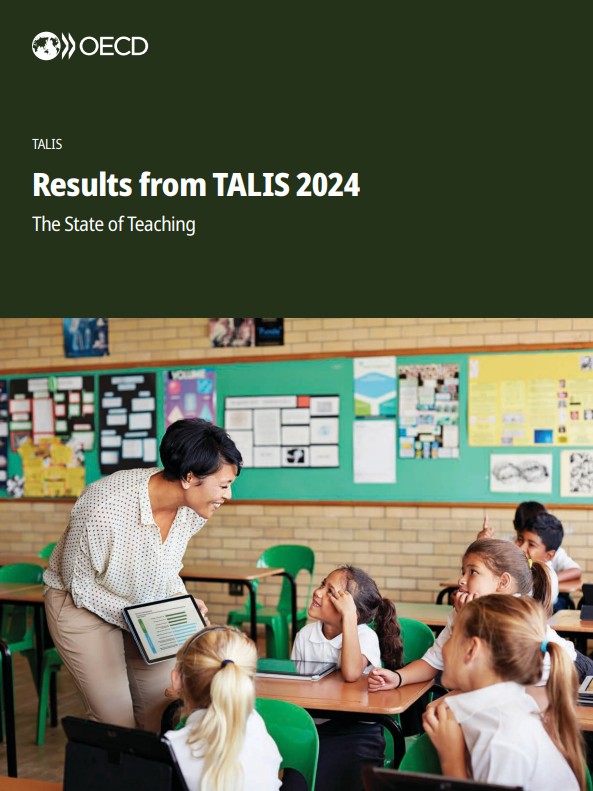ㅇ 2008년 시작한 TALIS는 OECD가 주도해 5∼6년 주기로 시행하는 조사로, 이번에 발표한 TALIS 2024 중학교 대상 조사에는 54개국(OECD 회원국 32개국, 비회원국 22개국) 중학교 교사 12만명, 교장 1만1천명이 참여함. 한국은 중학교 교사 3천477명, 교장 173명이 조사에 응함
□ 조사 결과 한국은 업무 스트레스를 '아주 많이 받는다'고 대답한 교사의 비율이 15.9%로 OECD 평균 19.3%보다 낮음
ㅇ 하지만 업무 스트레스로 정신 건강에 부정적 영향을 받는다는 응답이 11.9%로 OECD 평균(10.0%)보다 1.9%p 높았으며 신체 건강에 부정적 영향을 경험한 교사 비율도 10.5%로 OECD 평균(7.9%)을 2.6%p 웃돎
ㅇ 스트레스의 주요 원인으로는 ▲학부모 민원 대응이 56.9%로 가장 높았으며 ▲과도한 행정업무(46.9%), ▲교실에서 질서 유지(48.8%), ▲교육부와 교육청 등 외부 행정기관의 요구 대응(42.7%), ▲학생으로부터 위협 또는 언어폭력(31.2%)이 뒤를 이음
ㅇ 학부모 민원을 스트레스의 주요 원인으로 응답한 비율은 조사 대상국 중 한국이 포르투갈(60.6%) 다음으로 높았고, 학생이 가하는 언어폭력이 스트레스 원인이 된다고 응답한 비율 역시 OECD 평균보다 높고 조사 대상국 중 4번째로 높은 비율을 보임
□ 교사 근무 시간은 1주일 평균 43.1시간이었으며 이 중 수업 시간은 18.7시간으로 OECD 평균(근무 시간 41.0시간, 수업 시간 22.7시간)과 비교해 근무 시간은 길고 수업 시간은 상대적으로 짧음
□ 교직을 단점보다 장점이 많은 직업이라 생각하는 한국 교사는 76.9%로 OECD 평균(73.9%)보다 높았지만, 교사가 된 것을 후회하는 교사 비율이 21%로 조사 대상국 중 가장 높음
ㅇ 교직이 사회적으로 인정 받고 있다고 인식하는 교사의 비율은 35.2%로 OECD 평균(21.7%)보다 높았으나, 2018년 TALIS 조사와 비교해 32%p 급락함
□ 한국 교사의 42.7%는 인공지능(AI)을 수업에 활용한 경험이 있었는데 이는 OECD 평균 36.3%보다 높은 비율임
ㅇ 한국 교사들은 학생들을 개별적·수준별로 지원할 수 있는 등 AI 활용 이점에 대해 긍정적으로 인식했지만, 학생들이 표절할 수 있도록 도울 수 있거나 편견을 확대해 개념을 오인하도록 할 수 있다는 부작용을 우려함
[출처]
한국교육개발원, OECD 주관 교원 및 교직 환경 국제 비교 조사 TALIS 2024 결과 발표 (2025.10.10.) / 한국교육개발원 보도자료
교사 10명중 1명 '업무 스트레스로 부정적 영향'…OECD 평균넘어 (2025.10.10.) / 연합뉴스
목차
Foreword 3
Acknowledgements 4
The voices of teachers 6
What is TALIS? 14
Reader’s guide 17
Executive summary 28
1 Teaching for today’s world 31
Introduction 33
Teacher profiles 33
Teaching diverse learners 44
Teaching practices 50
Technology and teaching 55
References 63
2 Thriving in teaching 68
Introduction 70
Teachers’ professional outcomes 70
Variation in teachers’ professional outcomes by teacher and school characteristics 77
Teachers’ personal resources and their professional outcomes 84
Demands on teachers and their professional outcomes 88
References 96
Notes 102
3 The demands of teaching 103
Introduction 105
Self-efficacy and job demands 105
Workload 108
Adapting teaching to diverse learning needs 117
Maintaining discipline 121
Teacher accountability 126
Keeping up with reforms 130
References 133
Notes 135
4 Developing teacher expertise 136
Introduction 138
Initial teacher education 138
Induction and mentoring activities 143
Continuous professional learning 148
How learning opportunities relate to teachers and teaching 158
References 165
Notes 167
5 Teacher leadership and autonomy 169
Introduction 171
Teacher leadership 171
Teachers’ instructional autonomy 184
Teachers’ decision-making authority and professional outcomes 191
References 196
Notes 198
6 Professional relationships in school communities 199
Introduction 201
Professional relationships with other teachers 201
Professional relationships with principals 211
Teacher-student relations 216
Professional relationships with parents and guardians 219
References 227
7 Sustaining the teaching profession 230
Introduction 232
Teachers’ career intentions 232
Teachers’ intrinsic motivations 237
Status of the teaching profession 239
Teachers’ terms of employment 244
References 259
Notes 262
Annex A. Technical notes on sampling, participation rates and adjudication 263
Sampling procedures 263
Sample size requirements 263
Definition of teachers and principals 264
Adjudication process 264
Participation rates and adjudication ratings 266
References 271
Notes 272
Annex B. Technical notes on analyses in this volume 273
Use of teacher and school weights 273
Use of scales 273
International averages 277
Standard errors and significance tests 279
Statistics based on regressions 280
Pearson correlation coefficient 282
Rotated questionnaire design 282
Changes between TALIS cycles and implications for analyses 283
References 285
Annex C. List of tables available online 286
Annex D. List of TALIS 2024 contributors 296
ANNEX D List of TALIS 2024 contributors 297
Notes 303




